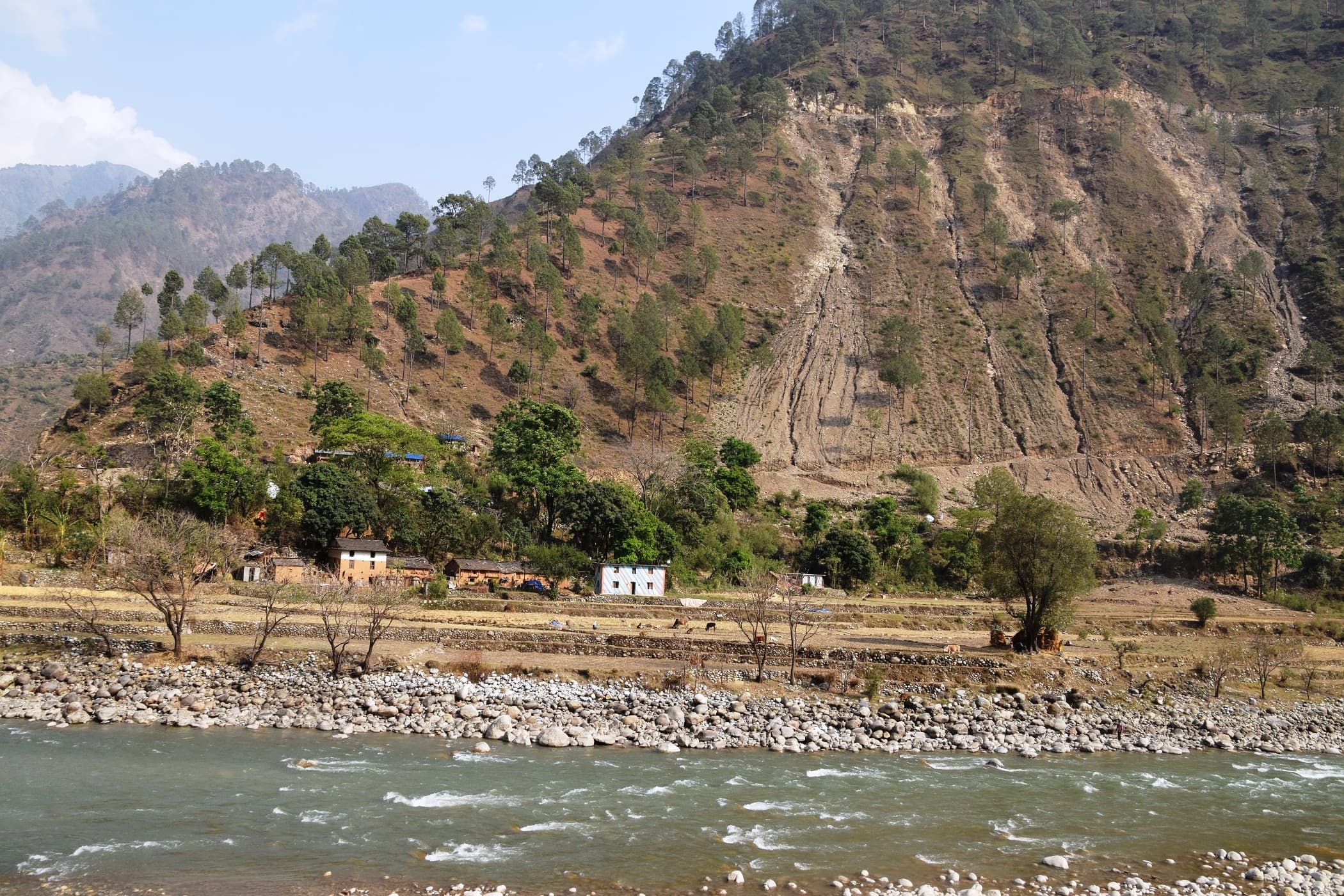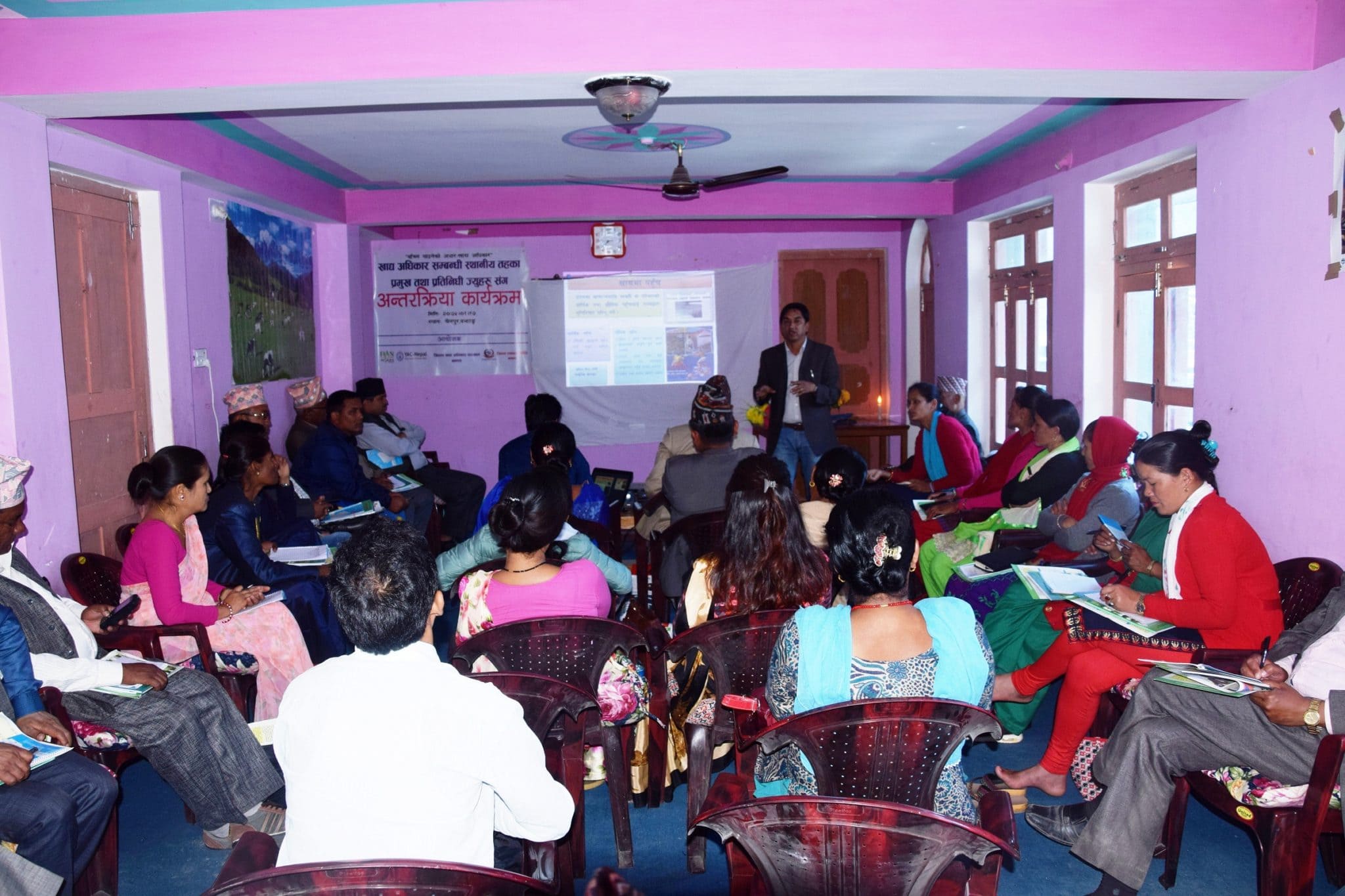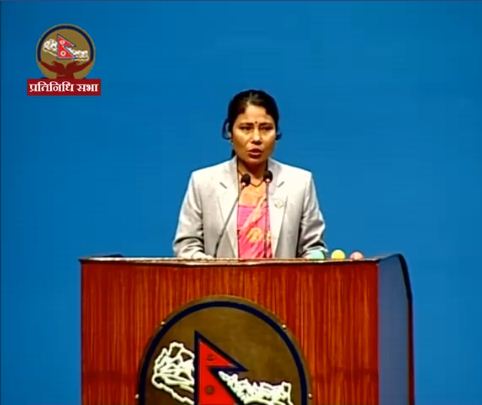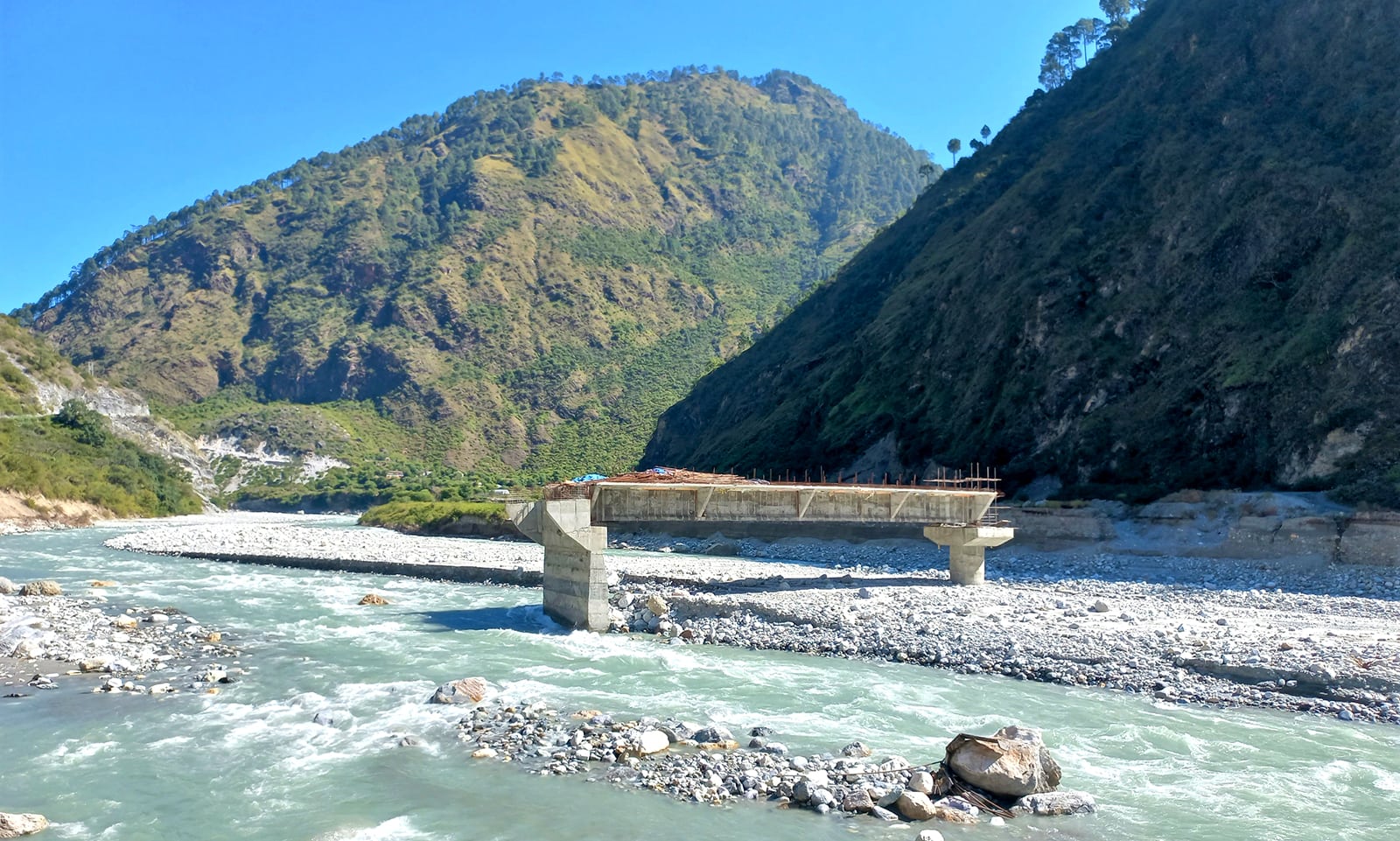Call it an act of man, the haphazard use of earthmoving equipment has created a mind-boggling spectrum of disasters in Bajhang district.
Basant pratap singh : Centre for Investigative Journalism-Nepal
The haphazard use of earthmovers to construct roads in the name of development has destabilized the hills of Bajhang district increasing high risks of landslides. A Geohazard International report has forewarned of ‘serious consequences’, including landslides in 3,630 places of 11 village municipalities in the district if an earthquake measuring 7.0 on the Richter scale is to occur in the district.
The Jay Prithivi municipality in the district has been worst hit by the haphazard use of earthmovers. With the heavy equipment plying every day on the under-construction roads, the hills of this particular municipality have been weakened thus increasing the risk of landslides in more than 800 places. Such rampant construction of roads has increased the risk of landslips in 600 places in Talkot rural municipality, 490 in Surma rural municipality, 360 in Khaptad Channa, 300 in Jayprithivi municipality,200 each in Chabbis Pathivara and Kedarsue rural municipality,190 each in Masta and Thalara municipalities, 150 in Bitthad Chir rural municipality, and 110 in Durgathali municipality.
“The widespread use of dozers in the hilly region has been a major destabilizing factor making the hills more fragile,” Upama Jha, Geohazard International National Representative said, adding, “In fact, there have been several mud-slips in various places. There is a risk of massive destruction and landslides throughout the district if an earthquake is to occur.” She suggested environment-friendly development to avoid massive destruction.

Aambagar village of Thalara village municipality is at a high risk of landslide due to the haphazard use of earthmover equipment in Bajhang district. Photos: Basant Pratap Singh
After two years of environment and geological study, the Geohazard International had reached a conclusion that the haphazard use of dozers in the district has put several areas at high risk of landslides and destruction.
According to the report, among the 34 thousand households, 9,500 would be totally destroyed while 23 thousand will be partially damaged if an earthquake measuring 7.8-Richter scale is to hit the district. In such a situation, most of the houses would be damaged totally or partially barring only 15 houses. The report estimates that around four thousand people will be buried in the houses and killed, while 15 thousand will be injured.
Around 93 percent of the houses in Bajhang built with stones are mostly constructed in landslide-prone areas. The report says only a meager 0.3 percent houses in the district are earthquake resistant. According to the national census 2011, the total population of Bajhang district was one hundred 95 thousand. It should be recalled that 80 people had lost their lives, and three thousand houses damaged in the Bajhang-epicenter 6.3 Richter-scale-earthquake of 1966. Likewise, 178 people lost their lives while more than two thousand houses damaged in the 1980 earthquake measuring 6.5 Richter-scale.
Hardship
A report prepared by Fiyan Nepal, an organization working on food rights, has pointed out an alarming situation saying that the landslides triggered by the rampant construction of roads in the district have put the livelihood of the Bajhang people in peril.

Executive Director of Fiyan Nepal apprising the chiefs of the local levels and deputy-chiefs about the impact of the rampant use of dozers.
The mud-slips have buried more than five thousand ropanis of fertile land, and 21 thousand ropanis of paddy fields are at risk of erosion. The report states that while around 728 families have been forced to become squatters by last December, more than three thousand families are facing hardship since their fields have been covered with rocks and mud. According to the report, around 113 houses have been damaged while more than 800 houses are at high risk of destruction due to the construction of roads in the district.
It so happened that most of the drinking water and irrigation projects have been damaged by landslides in the name of development creating a scarcity of drinking water. “The state itself is hell-bent on displacing the people, and to create food scarcity by using bulldozers in the name of development,” said Ashok Bahadur Singh, Executive Director of Fiyan Nepal adding, “This is an act against humanity.”
Singh accused the Chief District Officer of Bajhang district and the people’s representatives of ignoring his repeated appeal about the risk of the rampant use of bulldozers to construct the roads in the district. “We have drawn the attention of the concerned authorities and the stakeholders, however, in vain,” he lamented.
Concerned
The local government of Bajhang district has been a mute spectator of the bulldozer menace. Turning a deaf ear towards repeated appeals indicates that regulating the use of bulldozers has been a herculean task for the local government and the concerned authorities. Tired of knocking the doors of the concerned authorities, four thematic offices, including the District Forest Office, District Agriculture Development Office, District Land Conservation Office and District Irrigation Division Office, made a public appeal by issuing a press statement to “protect environmental existence”, and cautioning the adverse impact of the rampant use of earthmovers.

Parliamentarian Asha Kumai BK
“We made the public appeal to save the environment and humanity since the concerned authorities turned down our repeated request,” said Rajesh KC, senior agriculture development officer.
The press statement issued on Asar 28 says, “Thousands of fertile land has been turned into barren land due to the haphazard construction of roads. Several families have become squatters, while most of them have been displaced. A number of Irrigation projects have been damaged throughout the district due to which thousands of lands have not got irrigation.”
The statement said that people have been deprived of drinking water due to the destruction of drinking water projects. The rampant construction of roads carried out without proper social and environmental impact assessment, and without assessing the disaster potential of projects has threatened several drinking water sources in the district. Such development endeavor has created an adverse impact on several areas, including electricity projects, educational institutions, health centers, and other physical infrastructures in the district. Furthermore, the construction of roads has destroyed the natural habitat. The statement reads that such an unsustainable development has been inviting environmental degradations and increasing natural disasters.
In recent times, voices have been raised in the parliament about the potential threats incurred by the haphazard construction of roads in the district. Parliamentarian Asha Kumai BK apprised the parliament and drew the attention of the government about the menace created by the construction of roads and use of earthmovers. “It is high time that the government took immediate measures to stop the rampant use of dozers to stop a natural disaster,” she told the parliament.



